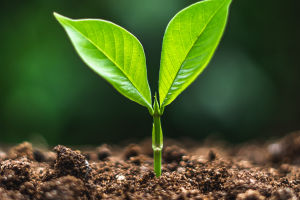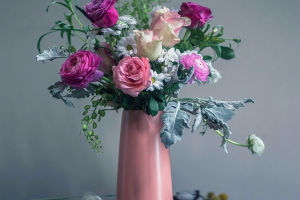The use of lavender spans a rich history that predates recorded human discovery.
While the exact origins remain elusive, lavender has left an indelible mark throughout various periods of history, from the opulent ancient Roman culture and refined Greek civilization to the Renaissance's spiritual representation.
Its significance continues to thrive even in the golden age of the modern 20th and 21st centuries.
Since the 7th century, these civilizations have spearheaded advancements in medicine and various other fields within the Mediterranean region. Lavender, known for its aromatic qualities, was commonly employed to scent clothes and freshen the air, while also serving as a renowned insecticide.
Natively a Mediterranean plant, lavender has its roots firmly embedded in the wild. Its ability to flourish in the arid soil of Provence in southern France amidst scrub and scorching rocks is a testament to its resilience. Over time, lavender has become a staple in villa gardens and an invaluable resource in the fragrance industry.
Although lavender is often associated with Provence, France, it has now evolved into a commercial crop cultivated in numerous regions worldwide. Prominent modern cultivation hubs include Tasmania in Australia and Naka Furano in northern Japan.
Lavender, a perennial evergreen herb, graces the landscape with its blooms from May to October, with the peak occurring in late May.
The flowering season extends from the end of May through October, reaching its zenith in July when the vibrant colors of its flowers truly captivate. Lavender thrives under abundant sunlight, exhibiting its most radiant bloom during the strong rays of July.
Beyond its visual allure, lavender boasts a myriad of applications. Its essential oil finds wide usage in cosmetics such as soaps, shampoos, skincare products, and perfumes.
Adored for its soothing, relaxing, and antibacterial properties, the lavender essential oil is utilized in massage, steam therapy, and aromatherapy. Many individuals rely on lavender essential oil to enhance sleep quality, alleviate anxiety and stress, and alleviate headaches and muscle pain.
Lavender also holds medicinal value, possessing anti-inflammatory, sedative, antibacterial, and antioxidant properties. Lavender tea serves as a remedy for anxiety, insomnia, digestive issues, and muscle cramps.
Additionally, lavender flowers and leaves can be employed in herbal sachets placed under pillows or in drawers to impart fragrance and repel insects.
The cultivation and harvest of lavender have emerged as vital components of the agricultural industry. Farmers in various regions cultivate lavender as a means of generating income by harvesting flowers and extracting essential oil.
This cultivation boom also fuels tourism, attracting lavender enthusiasts to visit lavender fields and partake in the immersive experiences offered by lavender farms.
Lavender additionally contributes to environmental preservation efforts. As a drought-resistant plant, it thrives in arid regions with poor soil conditions, thereby facilitating soil and water conservation. Moreover, the robust root system of lavender prevents soil erosion and maintains soil structure and stability.
Lavender's journey through history is a testament to its enduring allure and multifaceted applications. From ancient civilizations to modern-day industries, lavender continues to captivate hearts and minds.
Its aromatic essence, medicinal properties, agricultural significance, and environmental contributions have solidified its position as a cherished herb embraced by cultures around the world.


